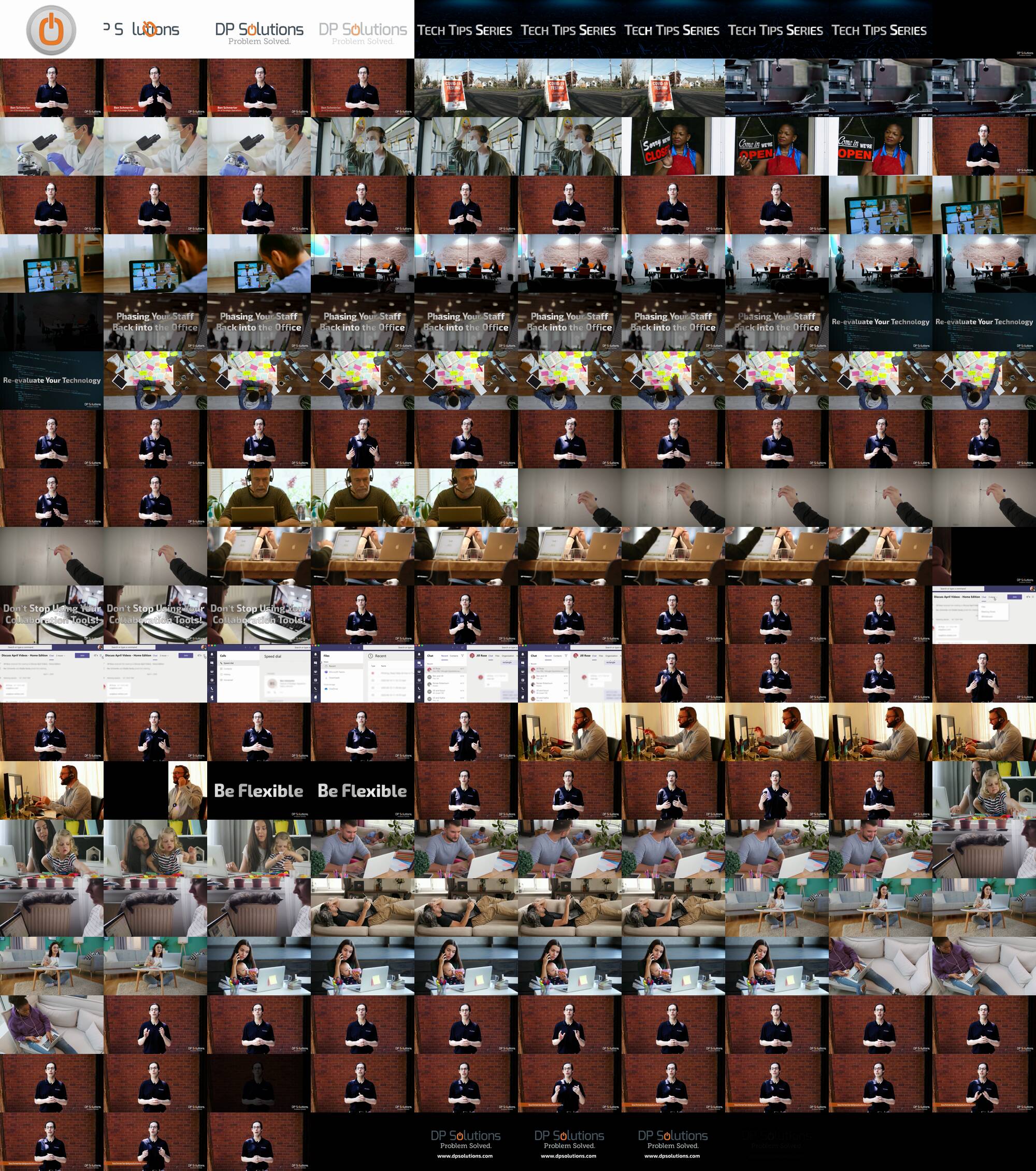Phasing Your Staff Back into the Office (Video)

June 12, 2020
The last couple of months have been unlike anything we’ve experienced in the past. Whether you are a worker on an assembly line, a healthcare employee on the front lines or a back-office staffer, your job has undoubtedly changed.
As restrictions in states across the country start to lift, your staff probably has some concerns about their own risks in coming back to the office and what that will actually look like.
Watch the video below for a few tips on adjusting to this new reality where your office environment may look quite different than it did before the pandemic.


At the time of this recording, some states are beginning to “reopen”. But what does that even mean?
Here in Maryland, one of the things it means is that gatherings must be limited to no more than 10 people. So there’s a good chance that even if you are open, many of your staff will still continue to work from home.
In fact, some businesses have decided to keep some of the work from home changes in place indefinitely.
There is a lot to consider around phasing your staff back into the office at this . Here are a few tips:
TIP 1 – Re-evaluate your technology
At this point, you’ve probably created a workflow that makes sense for the new reality of your workplace, wherever it is.
When the shutdowns happened, many businesses were forced to rapidly spin up a remote workforce as part of a disaster recovery plan when being in the office was no longer an option. Many were successful in creating core functionality for their team, but they probably would have done things a little differently if they were given more time for strategic planning.
The next time you have a technology planning session, nothing should be out of bounds. The goals and assumptions around your technology plan just 3 months ago are probably less relevant now.
Ask yourself, how well does your technology shift along with the changing needs of your operation, staff, and customers? You should be planning as if you don’t know what other changes might be necessary down the road. Just because your staff successfully works remotely now, don’t assume that your systems are where they need to be. Think about different scenarios that could arise and make a wish list of how you would like your processes to operate under those situations. Then work with your IT partner to come up with a realistic implementation plan to prioritize your goals and establish a practical timeline to make it happen.
TIP 2 – Don’t stop using your collaboration tools!
I suppose if you really wanted to, you could use a conference room to have regular small meetings, like a daily huddle or a strategy session. But why would you?
Right now, it’s not the safest thing to have a small group of people confined to a room and chatting together for an hour. Plus, collaboration tools like Microsoft Teams allow you to share your screen and keep group notes to track what goes on in your meetings.
While obviously some interactions must happen in person, you should continue to take advantage of the digital communication and collaboration tools that are readily available to you as much as you can. Make your meetings special by showing what you can do with your technology.
You can do so much more with your tools if you challenge yourself to get out of your comfort zone and do things a little differently. There’s really no reason to stop having Virtual Meetings right now. And it’s certainly safer from a health perspective.
I know that personally, I’ll be running my meetings through Teams for the foreseeable future.
TIP 3 – Be flexible
Many people crave the feeling of a normal schedule and routine. But even if you wanted to have a disciplined, 9 to 5 style workday, there are going to be obstacles that get in your way.
Before the pandemic, being in the office was an escape from our personal lives… a time away from our kids, the piles of dirty laundry and the dishes in the sink. However, COVID-19 has merged our personal and work lives together.
Lots of home workers are adjusting to their kids, spouses, and sometimes even their pets being around all the time along with the distractions and interruptions that accompany them. That has required employers to adjust their expectations about how their staff works.
I suggest you try to be flexible about the ways you work and the courtesies you extend to those you work with. It’s silly to think that over the next several months, as we continue to adjust to the new normal, that these challenges will go away. Fortunately, technology is there to help you.
Maybe you can use time that was formerly allocated for staff commuting as flexible time for scheduling meetings virtually. And with the rise of hosted Cloud solutions for many business tools, allow your team to work on items that aren’t time sensitive at a time that is convenient for them.
Times are tough and supporting one another is how we are all going get through this. We will remember how we treated one another during this hopefully once in a lifetime event. Even small actions could make a big impression in the future, and reasonably flexible work from home policies can pay dividends to your work culture.
--------
Many of our clients are facing challenges right now, so we want to do everything we can to support you and your team with great support and expert advice.
What challenges do YOU anticipate in planning for a return to the office? What tips do you have for others planning to get back to work? Let me know in the comments section… and as always, stay vigilant my friends!
Comments